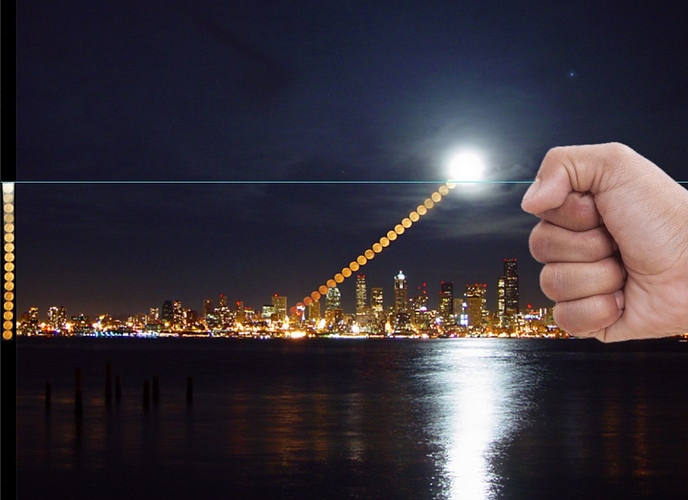1) Give a description of the problem
I used to have a lot of automations that used the local lux outside gathered from Nest Weather (the virtual ST device NST Manager made). That has always been dodgy as I often found the Nest sync had broken and I stopped using it for a while. I need it again and Nest isn’t a reliable basis for anything in the long term. TWC doesn’t offer lux or solar radiation. How do people get outside light levels without having your own station to poll/how do you know it is dusk/dark (without relying on sunset as darkness varies depending on cloud cover so it’s a guess at best using sunrise and sunset (that is of course my fall back but I’d like it to be a bit more responsive to long summer nights and cold dark winter ones)
2) What is the expected behaviour?
Return integer value (I assume)


 )
)